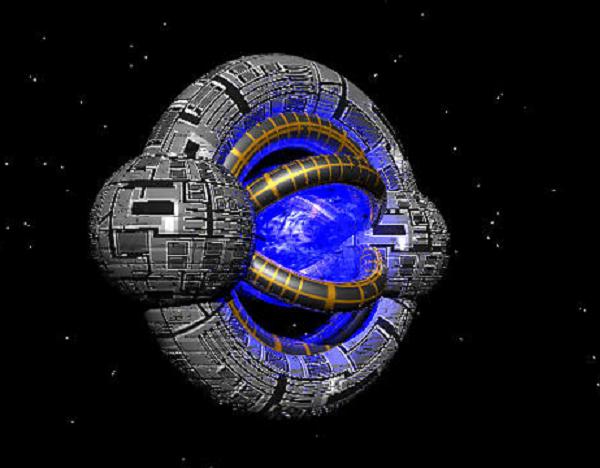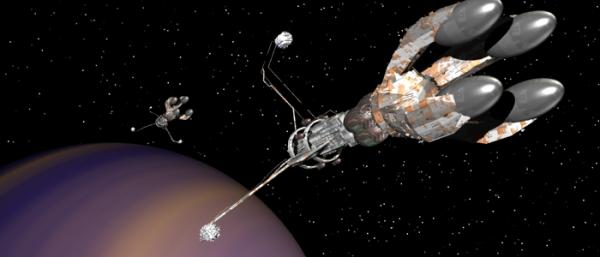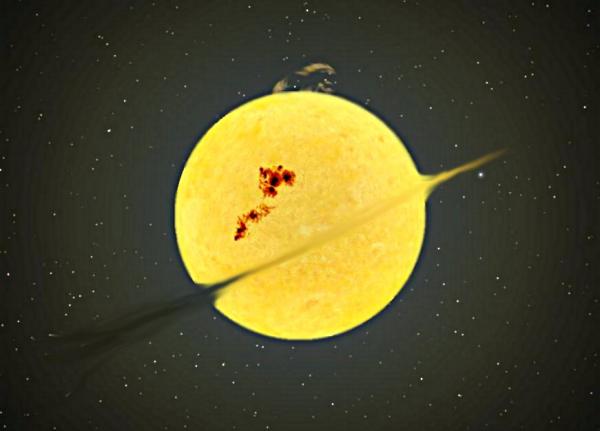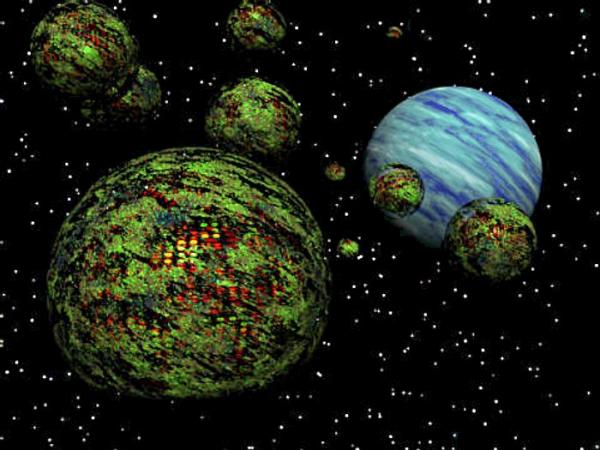Tonight, I'll cover space travel/technology in brief. At least I'll try to hit the high notes. Let's start with space drives, there's a cool chart. That doesn't show well here. I'll use the quote marks to mark out the data taken directly from the site all the same.
These stats encompass all the engine types developed and used by ordinary sophonts (aka non-transapients.) Chemical rockets, Orion, Fusion, primitive antimatter, photo-electric, and pulsed-plasma. At no point in the Bubble, even the rugged frontier, do these make up so much as 5% of spacecraft.Various Low SI: Cruise (0.01c) Max (0.1c) Range (25 LY) Accel (1-10 G)
Antimatter Drive. Also pretty rare in the modern era, but a lot more common around the time of the Federations.Antimatter Drive: Cruise (0.2 c) Max (0.7 c) Range (100 LY) Accel (1-20 G)
Conversion Drive. Runs on Conversion (monopole-enhanced fusion) second most common type of space drive at 16% or so in the Inner Sphere.Conversion Drive: Cruise (0.84 c) Max (0.88 c) Range (200 LY) Accel (1-50 G)
...Conversion Ramjet: Cruise (0.84 c) Max (0.96 c) Range (10,000+ LY) Accel (1-20 G)
Okay, there's no article on this type of engine. No description, not even the usual oblique references. It is hands down the most popular type of space drive (around 40% in all regions of space) has a faster max speed then plain conversion drive and a ton more range, but less accel/decel. I presume it supplements reactor mass with hydrogen or other materials obtained by scoop. Past that, I've got nothing.
More fun new concepts. After hitting SI:4, the first Archailects figured out how to mess around with space-time (a science bafflingly called 'metrics' in-universe) and one fruit of that is the void-bubble.Displacement Drive: Cruise (0.84 c) Max (0.98 c) Range (1,000 LY) Accel (1-100 G)
Void Bubbles are sort of like Warp Fields from Trek, and sort of like the TARDIS. They're a space that is much bigger on the inside, allowing them to give relativity the finger. Manipulating the bubble causes reactionless propulsion.
The downside, for the moment, is that no-one can shut down a bubble wihout collapsing it and destroying everything inside, and while relativity is a non-issue the bullshit-fields break down at lightspeed so it doesn't allow FTL. You know, because OA is such a firm, hard, eminently believable series. So it's not actually like ST Warp Drive. Finally, virtually nothing can penetrate the void bubble, so all fuel to maintain it must be within the bubble at creation.
A ship built around a single void bubble which is manipulated for propulsion is called a displacement ship.
Halo Drive. When the Archailects started hitting SI:5 it became obvious to them that Void Bubbles could become much bigger on the inside, which means more fuel and "higher gravity gradient." At the same time they figured out how to more-or-less mass produce the void bubbles. End result? A ship that is pushed and pulled by a "halo" of void bubbles outside the ship, while the bubbles also allow a sort of inertial compensator effect, hence the drastically increased accel.Halo Drive: Cruise (0.84 c) Max (0.99 c) Range (5,000 LY) Accel (1-1,000 G)
Void Bubbles at this time are still "single-use" and cannot be shut down without destroying the bubble and it's contents.
* precise figure unknown.Void Ships: Cruise (0.999+ c*) Max (0.999+ c*) Range (5000+ LY*) Accel (1,000+ G*)
At SI:6 though, the Greatest Archailects figured out how to make a void bubble that can be turned on and off with the flick of a switch, allowing refueling of void bubbles, and ships entirely encased in a void bubble.
These are the rarest, most sought after ships, making up a bit less than 1% of all spacecraft in the modern era.

Displacement Ship.

Halo Ship (the large ovoids are magnetic couplings to the bubbles, the bubbles themselves are invisible)

Void Ships are effectively invisible to less-than-Archailect sensors, but sometimes you can see something when they pass a star, just for a (short) moment.
Sensors
Active: Primitve sophonts still use radar and lidar as their primary sensors. For the civilized Galaxy, it doesn't really cost a lot to add on. Lidar is particularly useful for spotting space-borne nano-swarms. Sephiroritcs use standard Hadron and/or Meson sensors which provide high-resolution at a distance, but can be very easily detected and take a lot more power than the primitive scanners. Finally there are Neutrino sensors that are the stealthiest of active scanners, but provide poor resolution unless you can acquire the ultratech (transapient made) versions.
Passive: Lots more options here. We start with basic optical and X-ray telescopes. Then there's OASIS, which is the accepted name for networked sensor platforms, drone clouds or ships piecing together an interferometry scan. Passive Neutrino Detectors can easily spot active Conversion Drives, but tend to be too large for practical ship mounting (unless an ISO, Battle-moon or Juggernaught.) Forward mass detectors (named for Dr. Forward, not restricted in arc) and SQUID (Superconducting Quantum Interference Device) work on arcane principles, but are very useful for spotting ships hiding in atmospheres, ring systems or the photospheres of stars. Gravity Wave Detectors can usually spot any void bubble craft, unless the operator is good, lucky or transapient. Finally are Chemical and Biological sensors that work in space. Somehow.
In OA, stealth in space is difficult but not impossible to achieve. There are materials that make things interesting for most of the active scanners, but the biggest problem, as IRL, is heat disposal. Different ships (usually dedicated stealth craft) have different solutions. Any device that tries to stealthily deal with heat is called a chiller. Known chillers include: shielded heat sinks (short term use only) vast radiator arrays to make each point seem only somewhat warmed than normal background radiation, sending the heat away in a concentrated beam, away from any scanning devices (sometimes in-system this fails just because dust or stellar debris is effected.) Finally, it is rumored that the Archailects have space-time fuckery options, like dropping the heat in a basement dimension or some sort of void bubble heat-sink.
